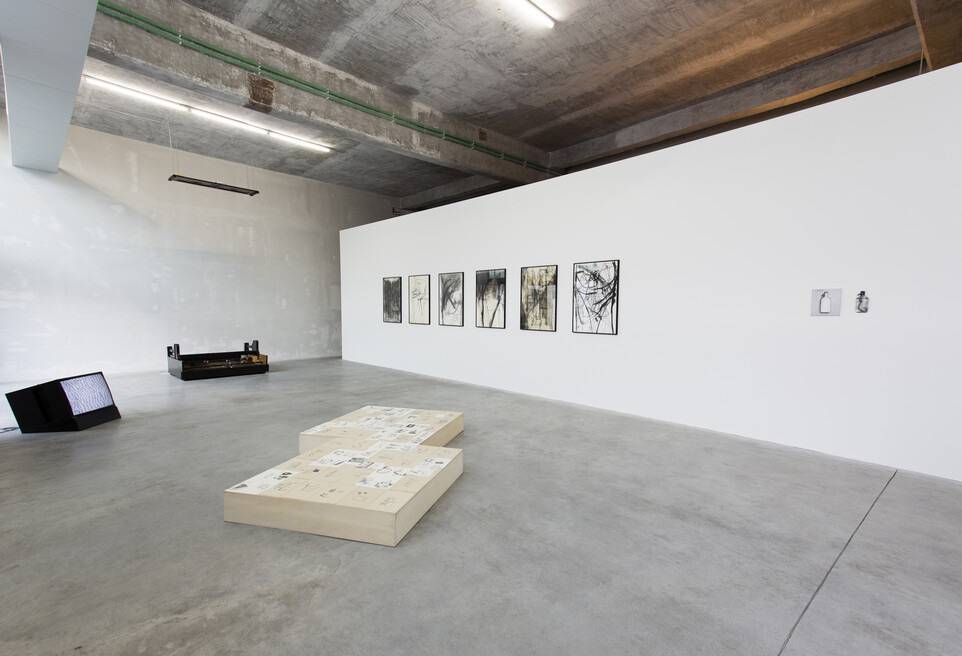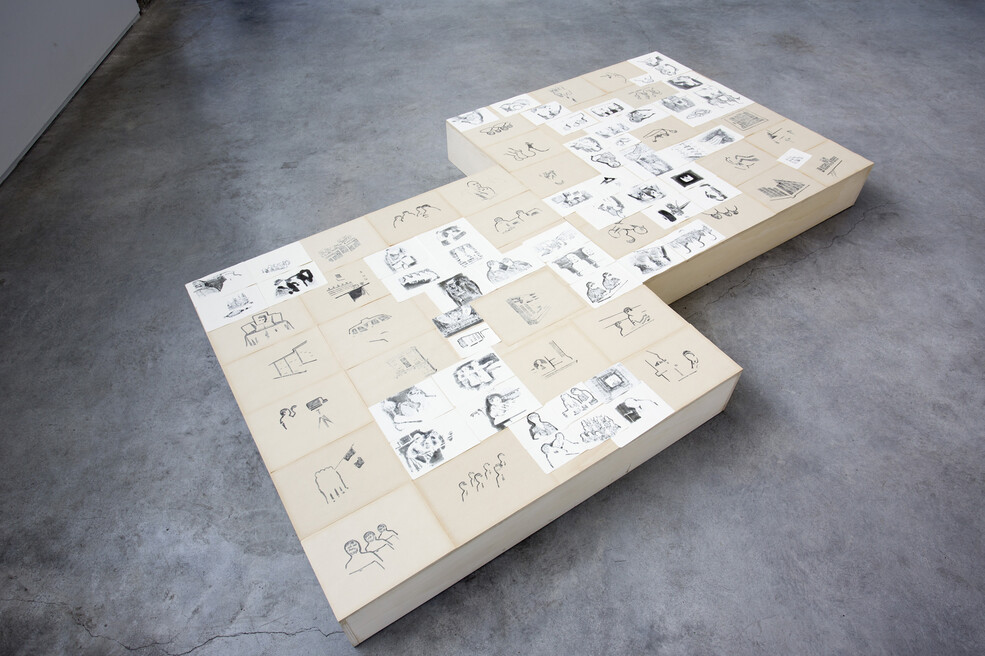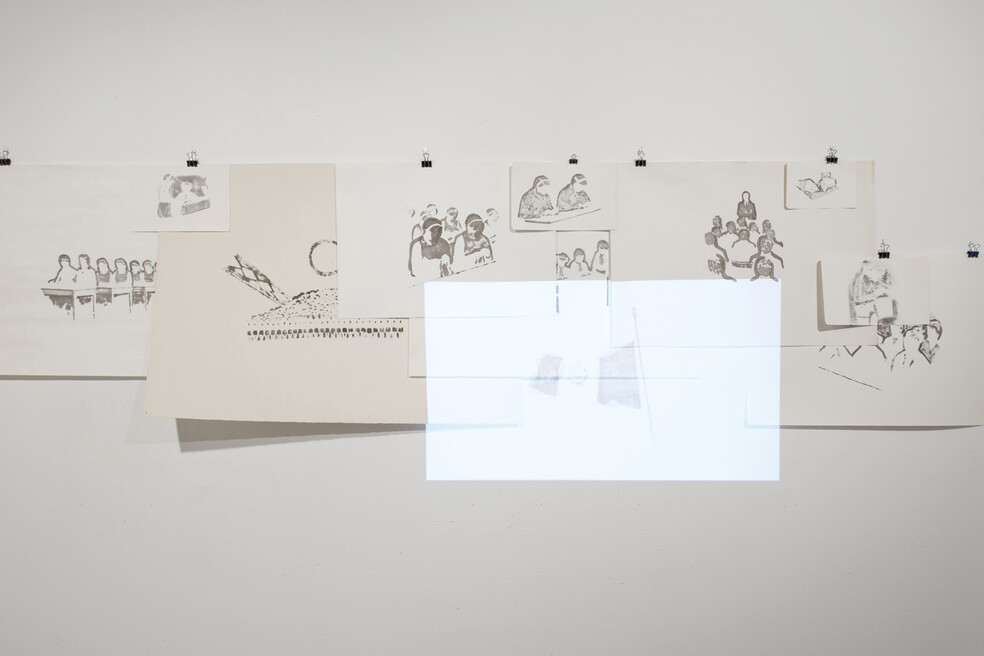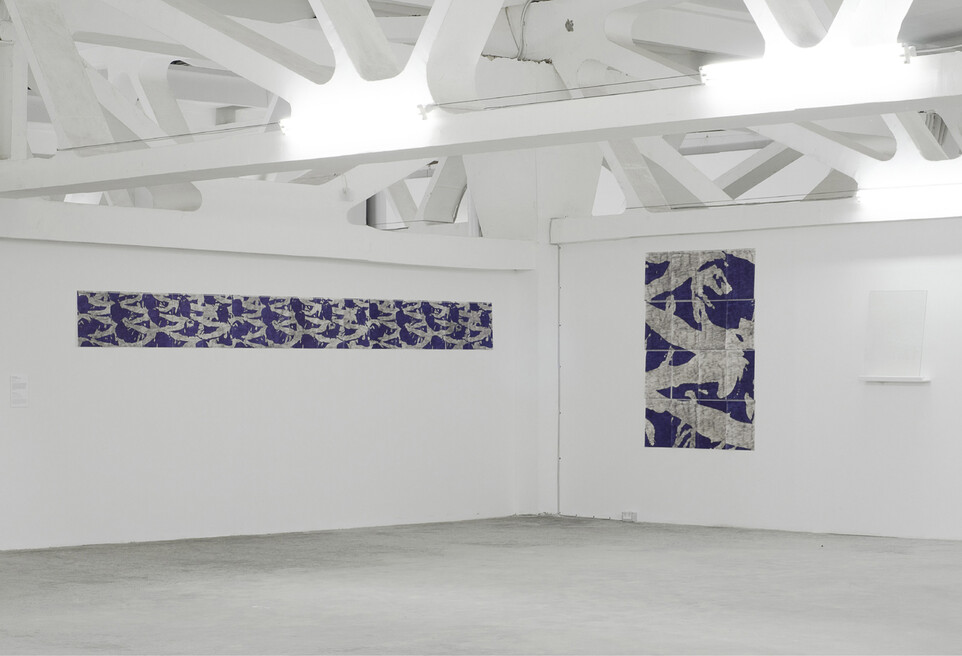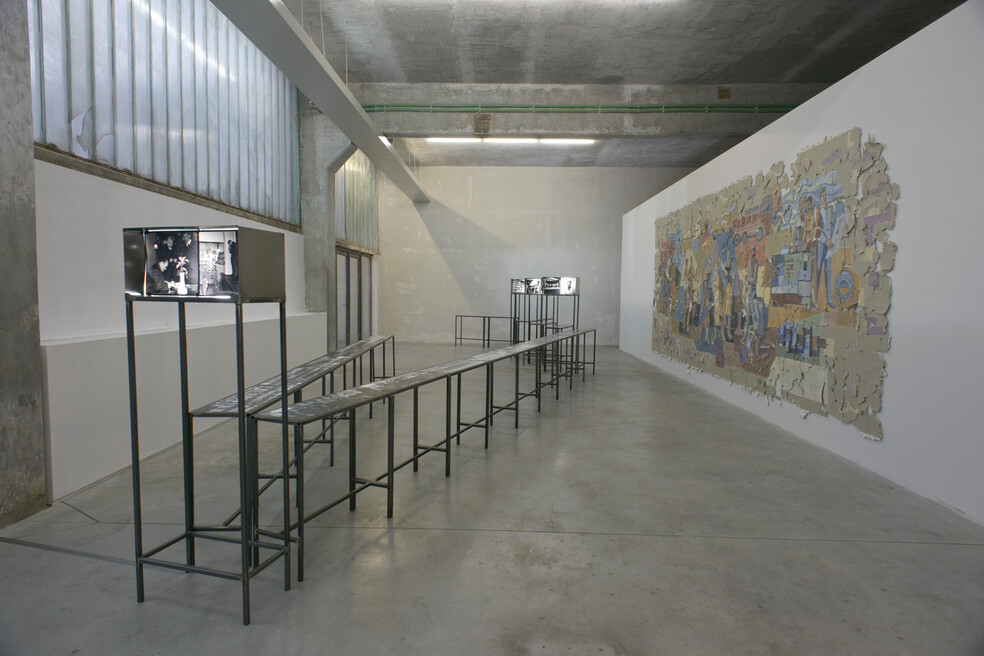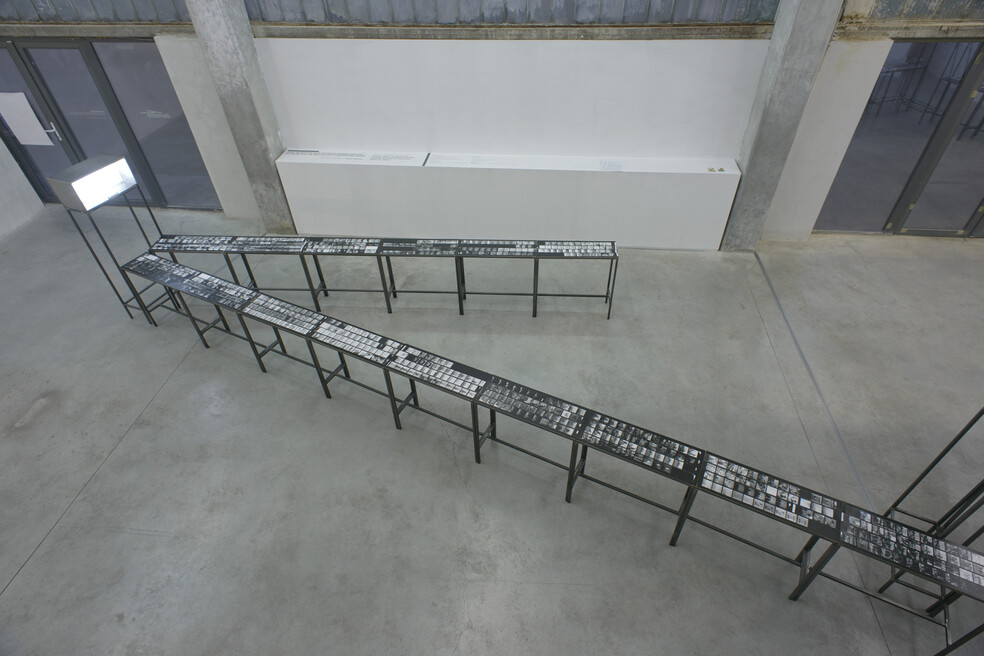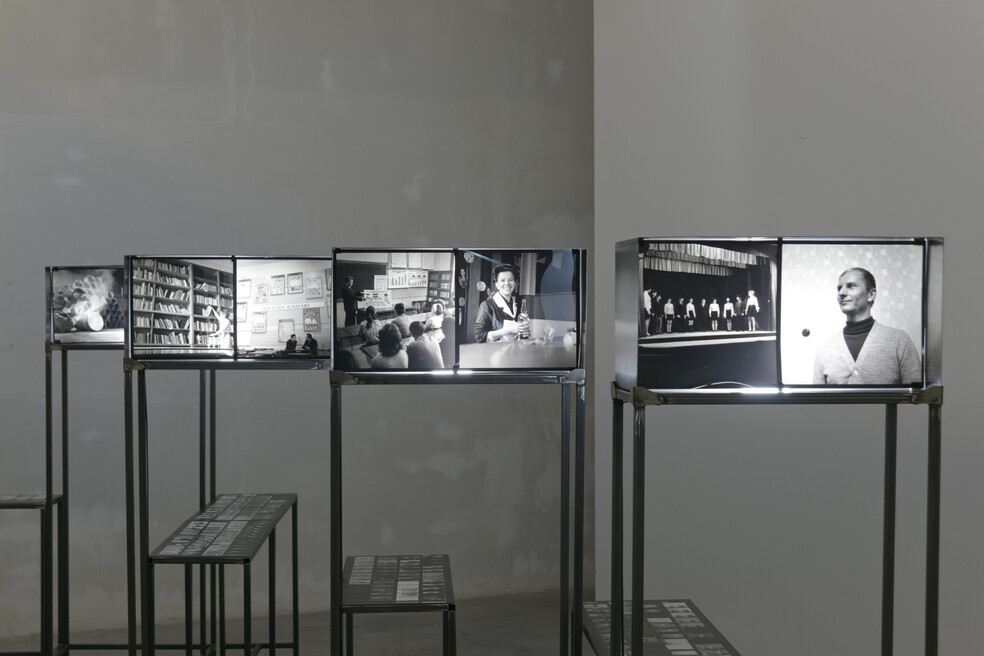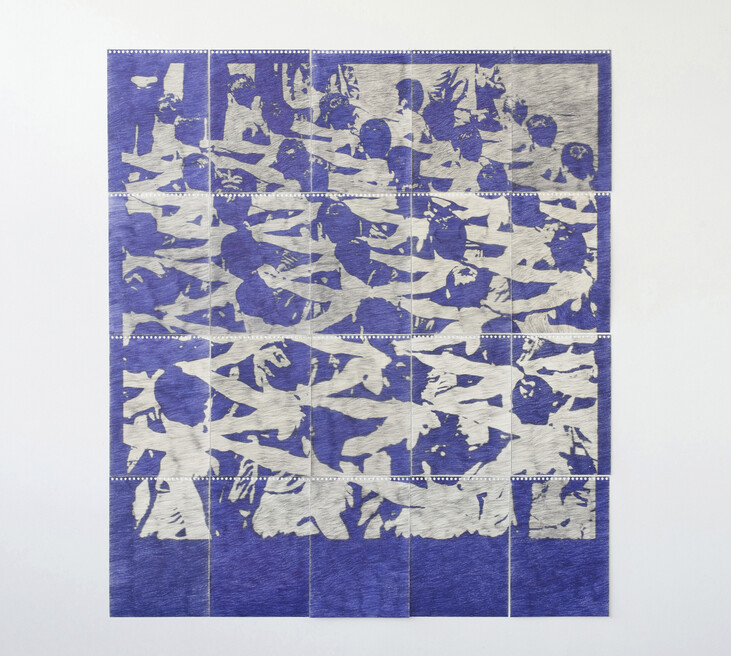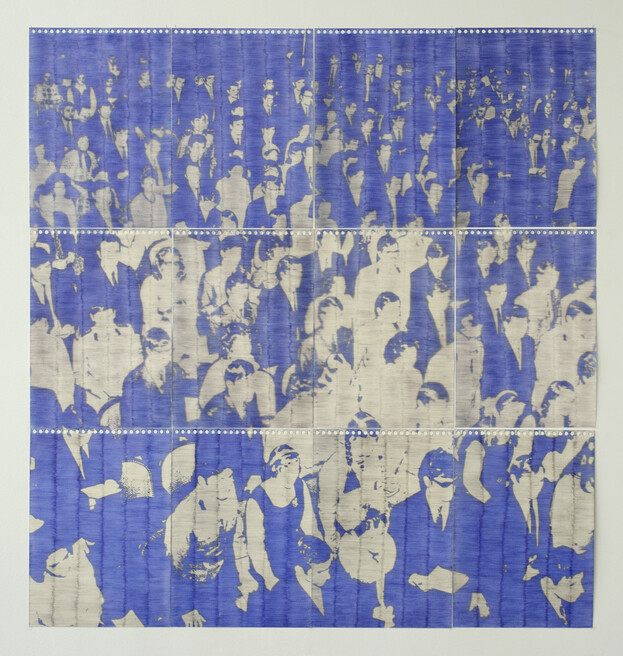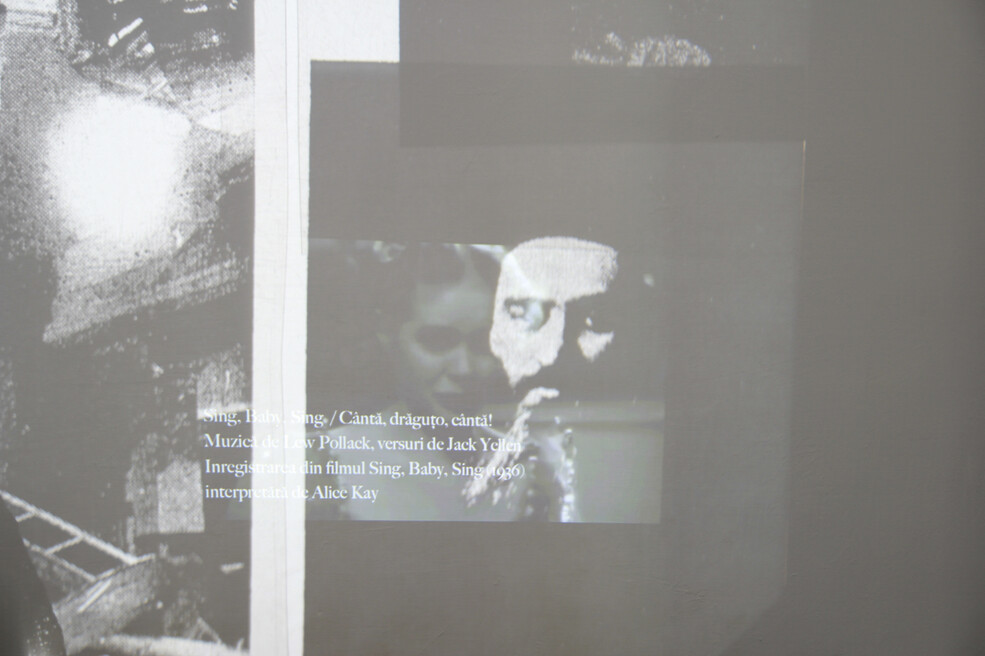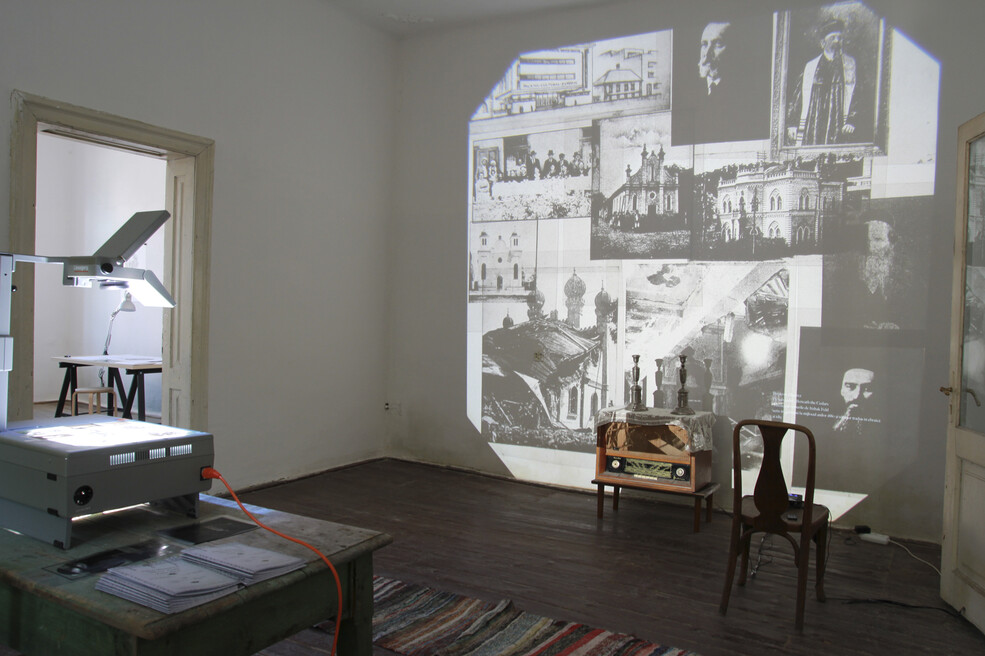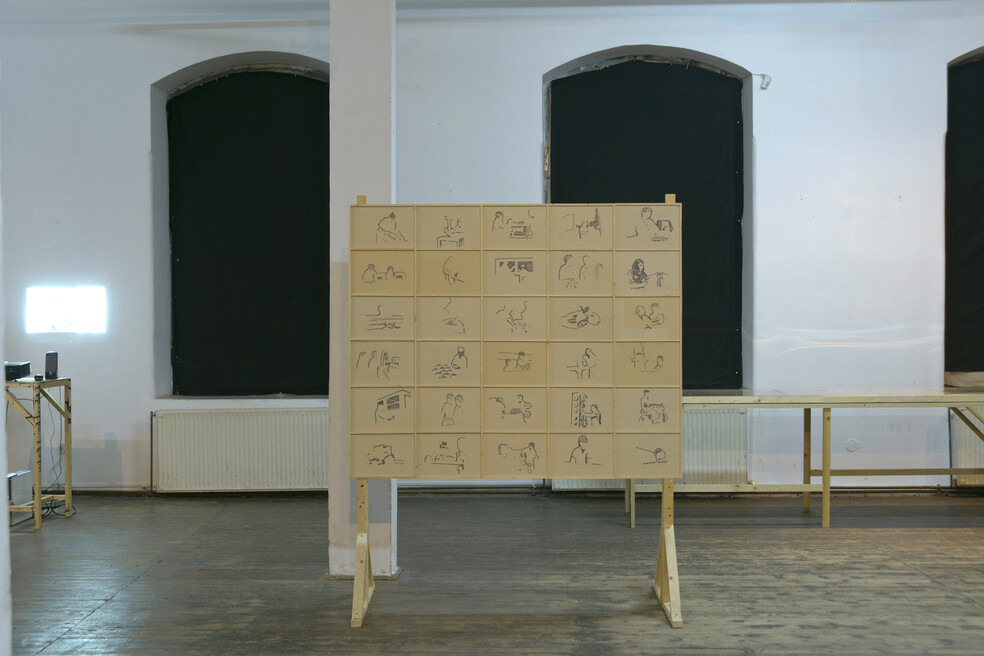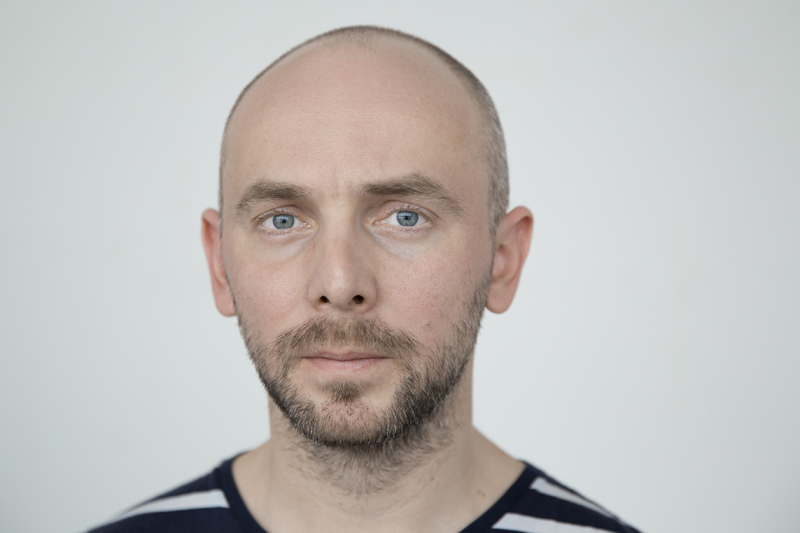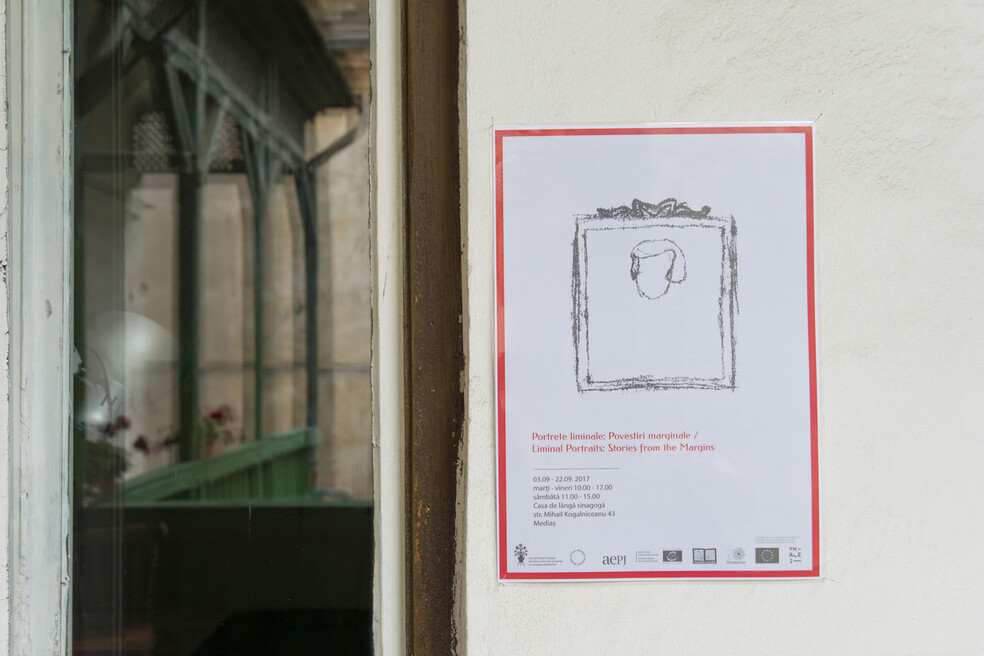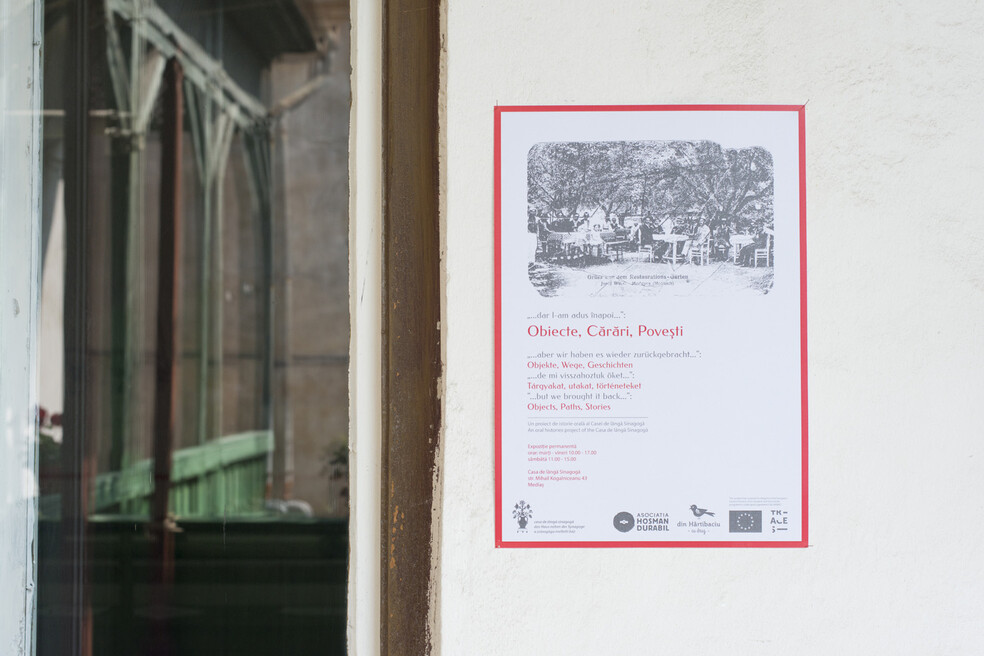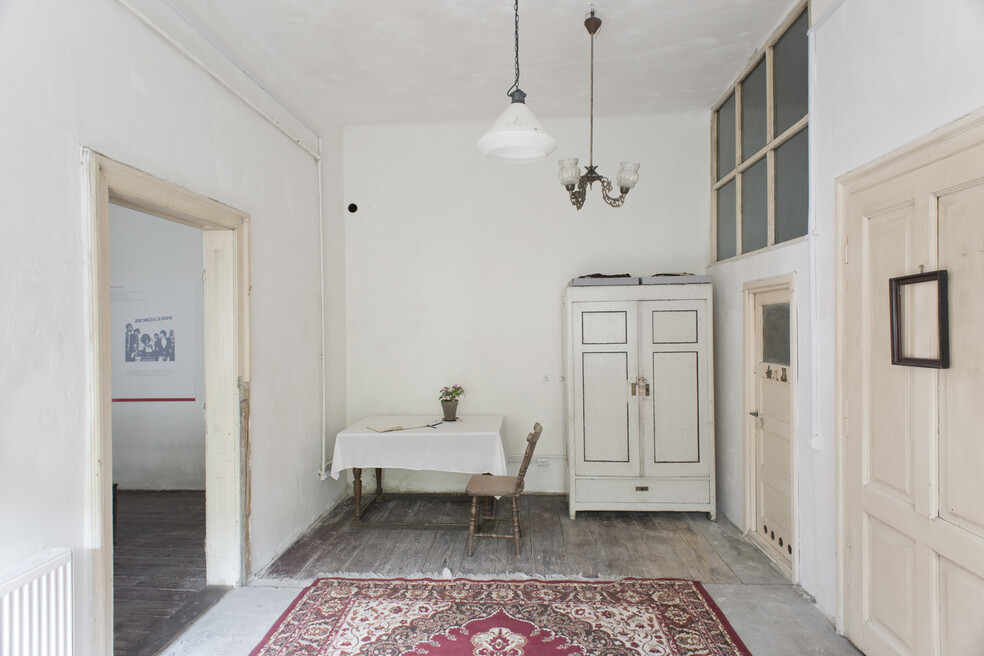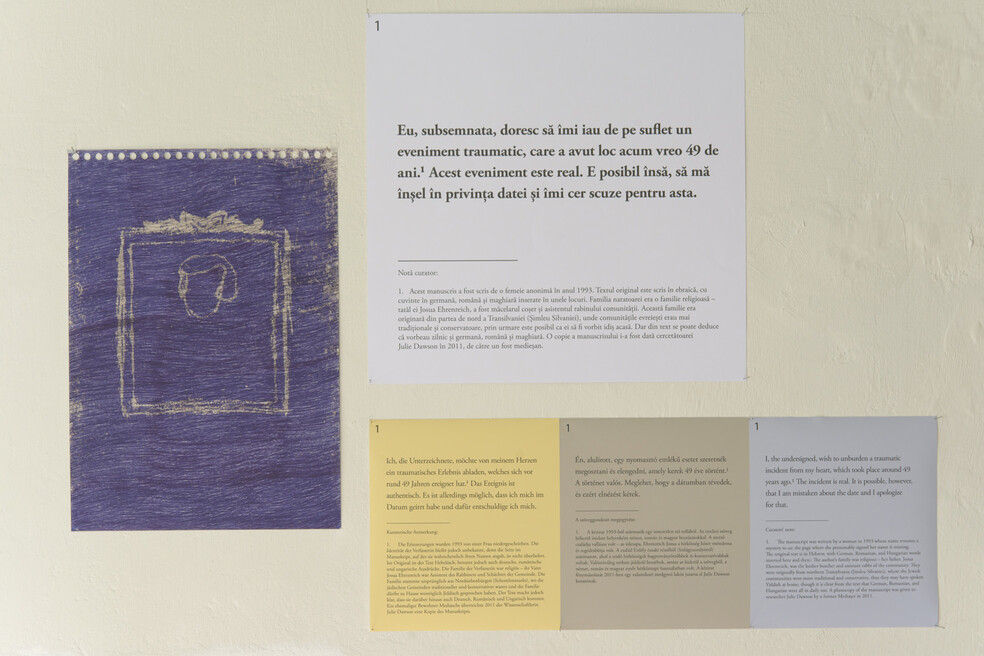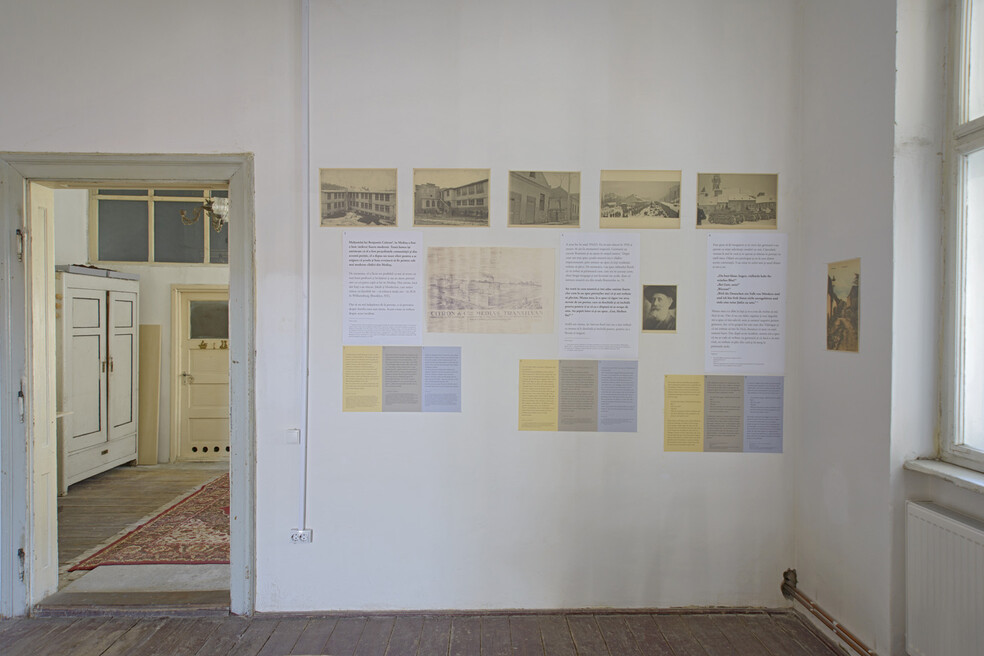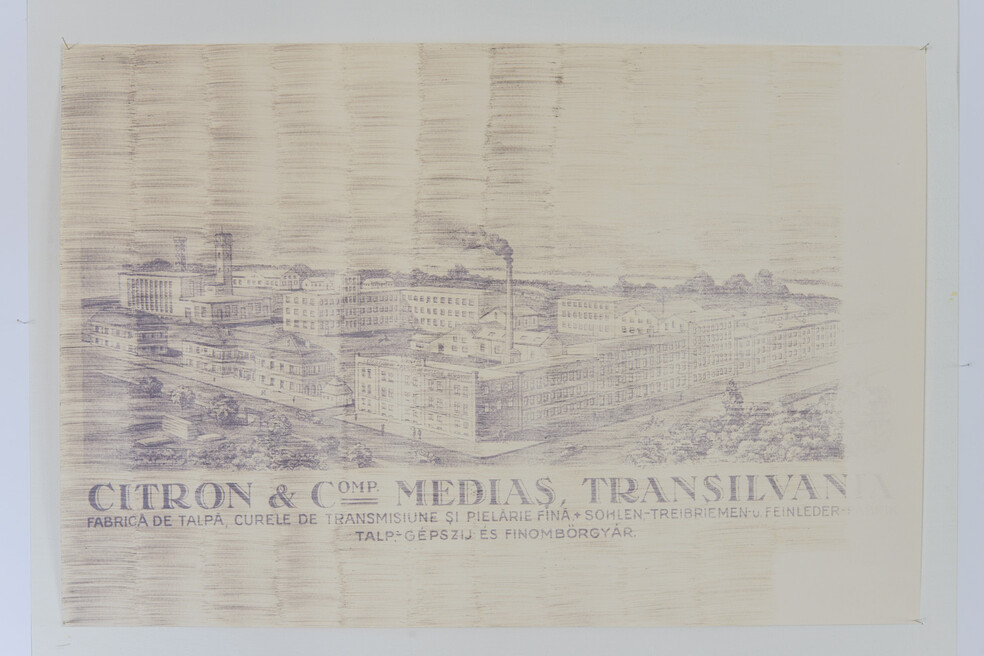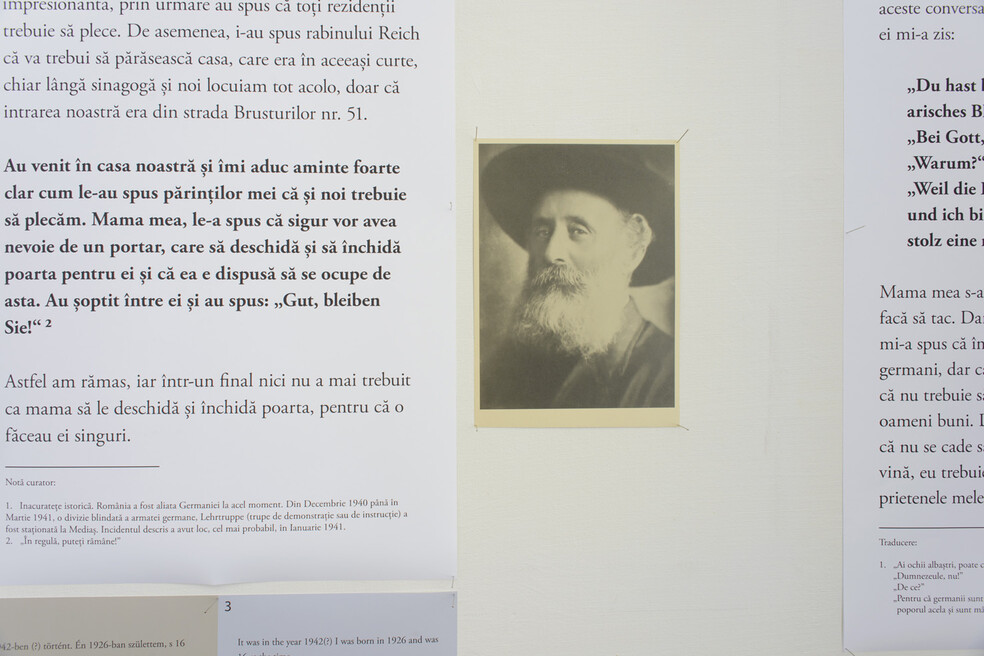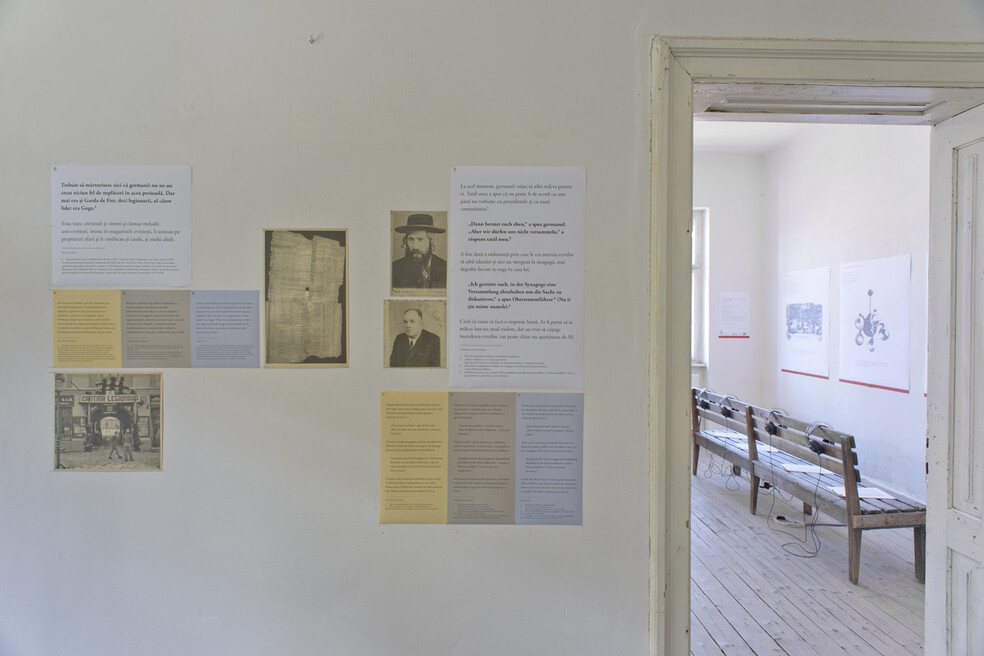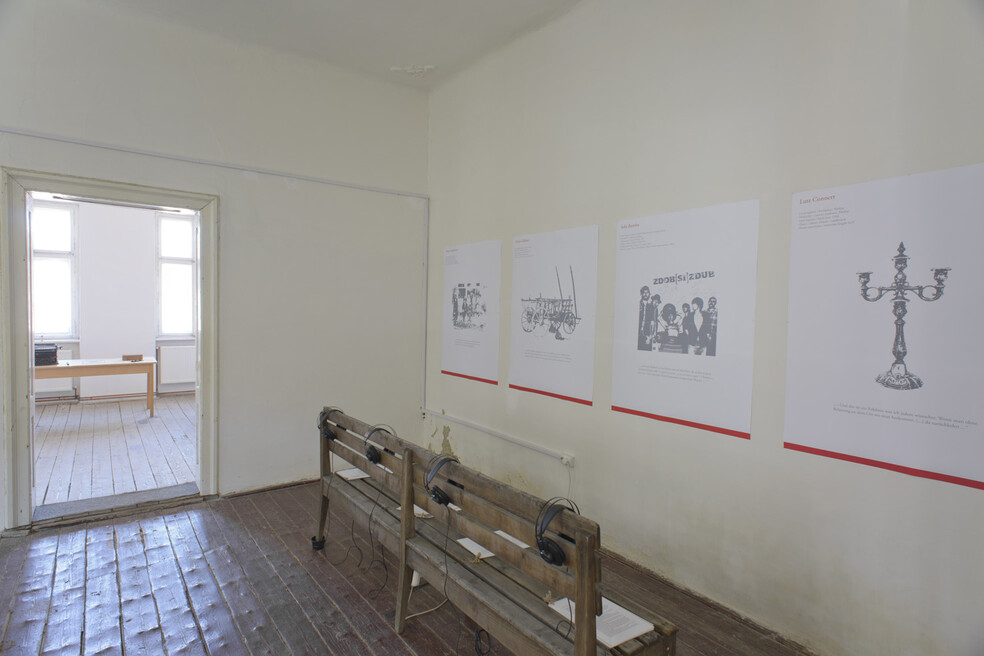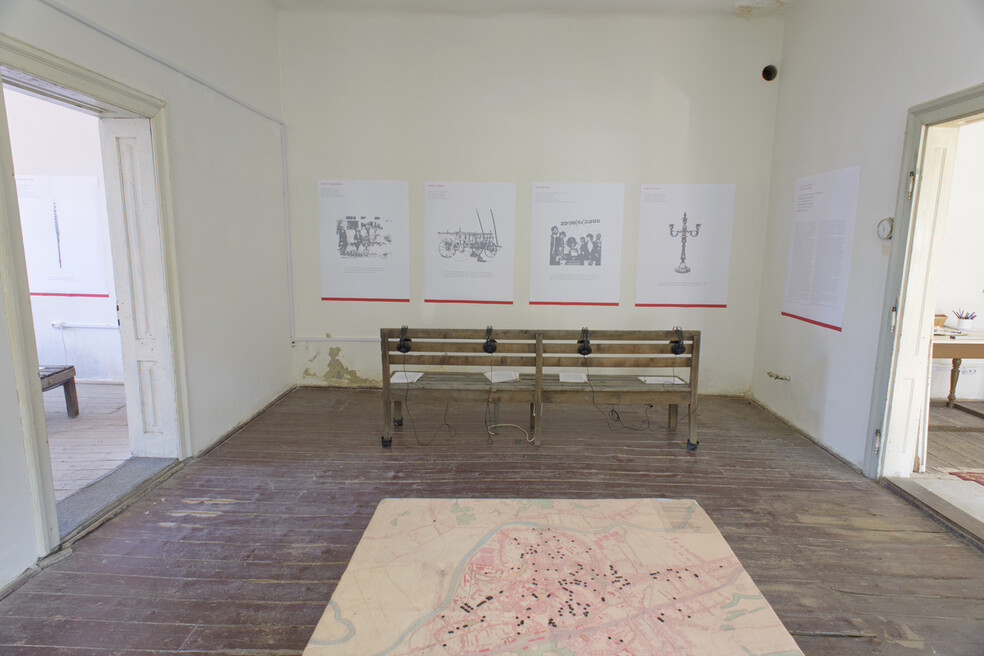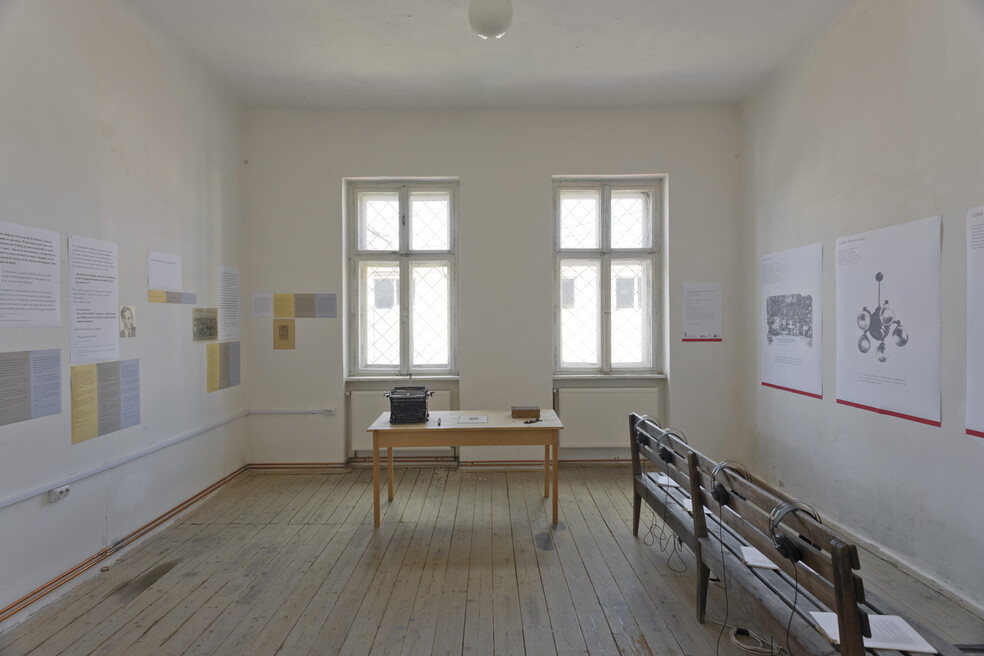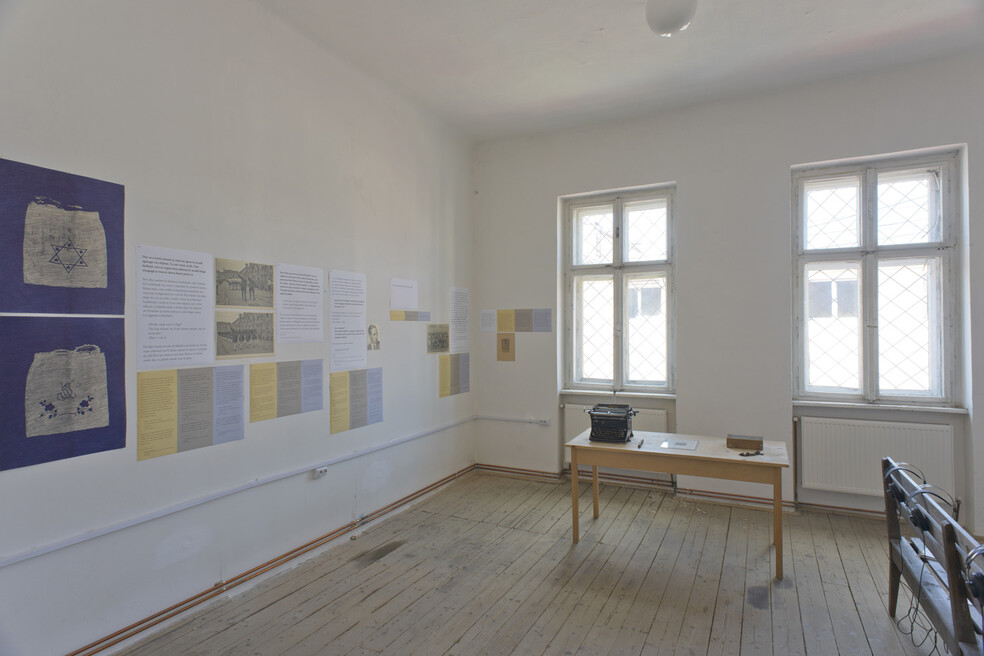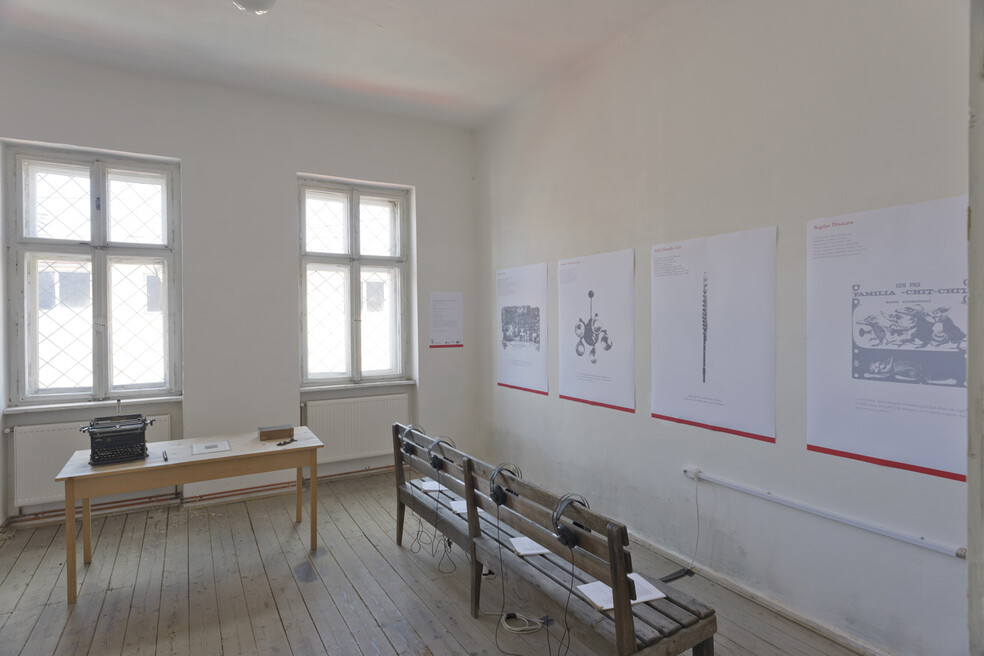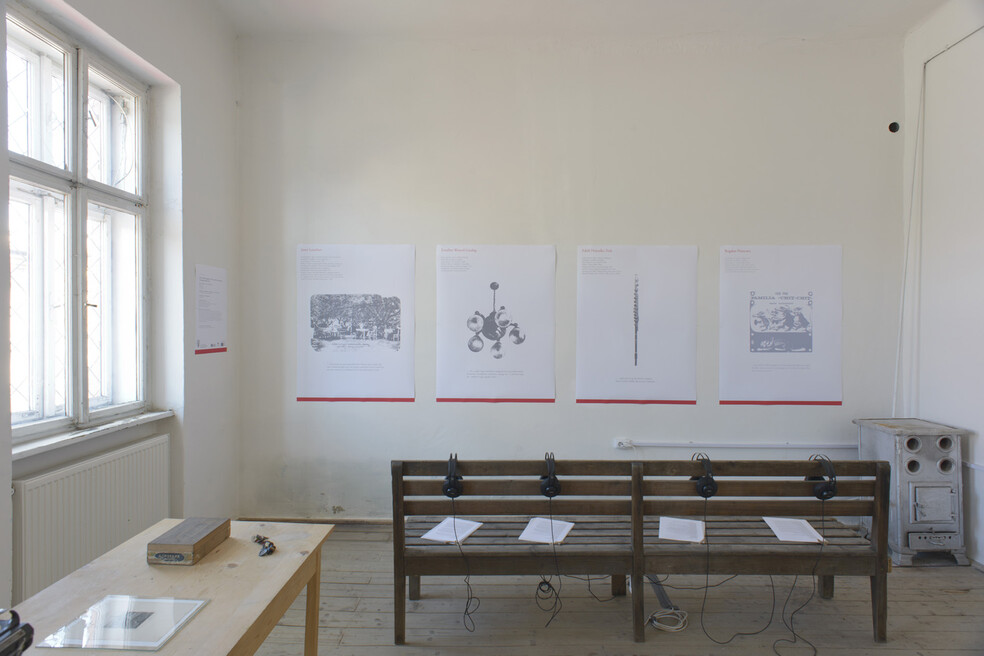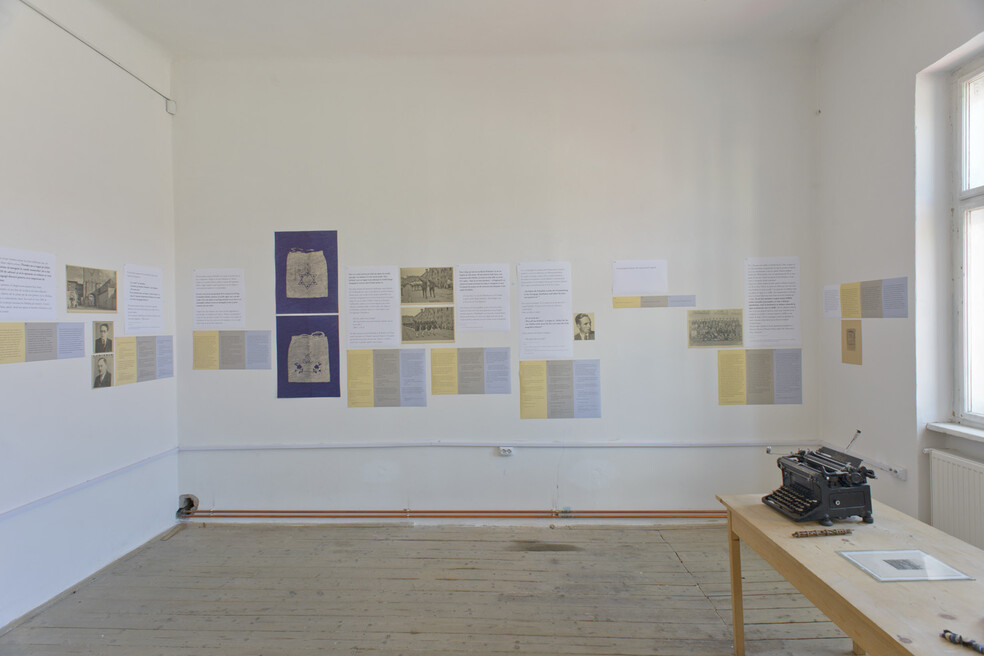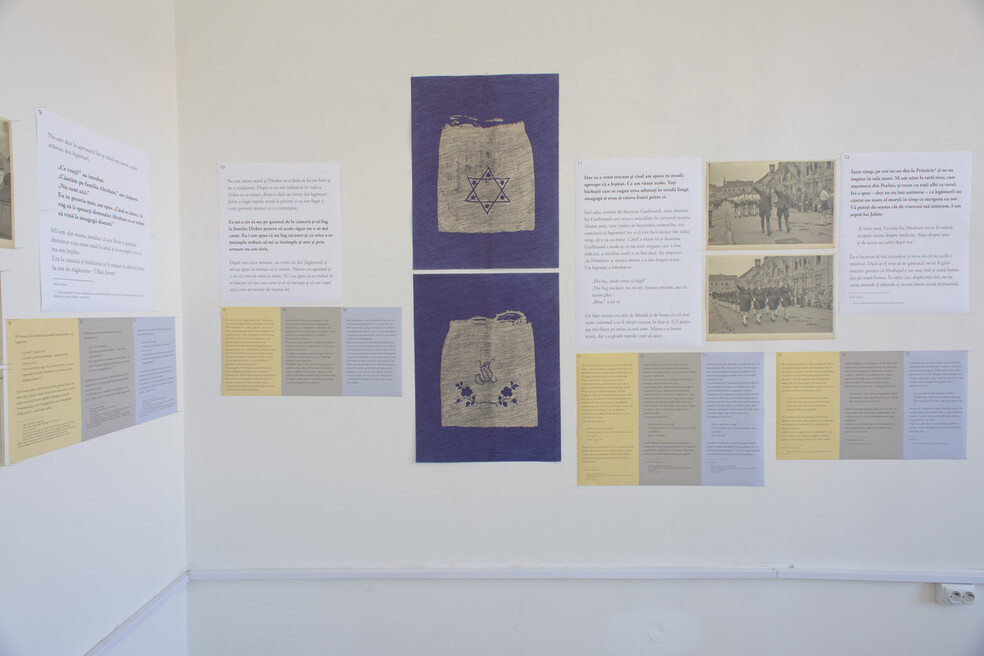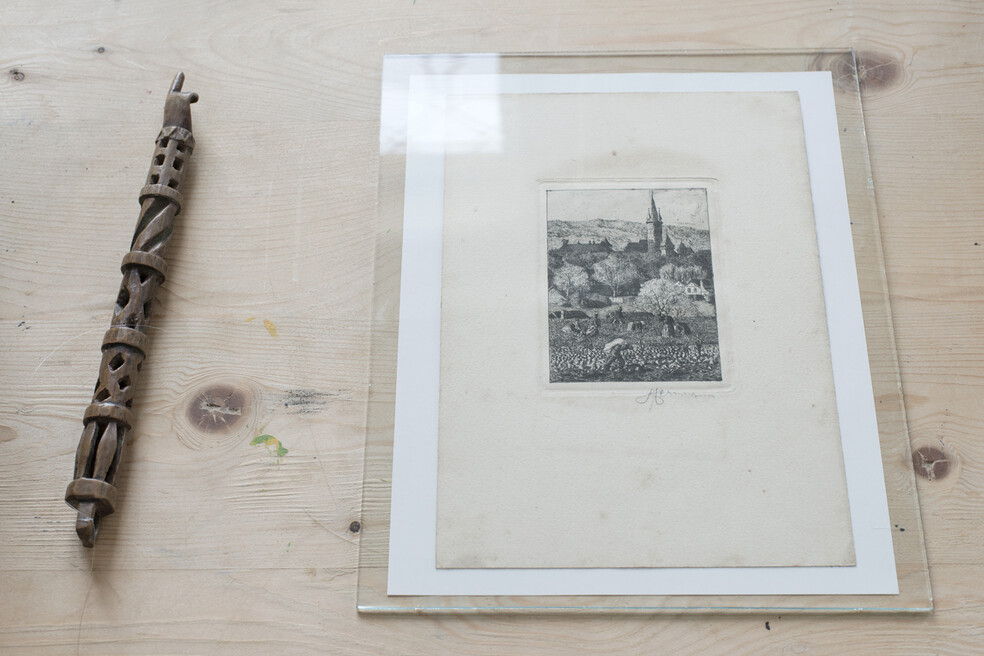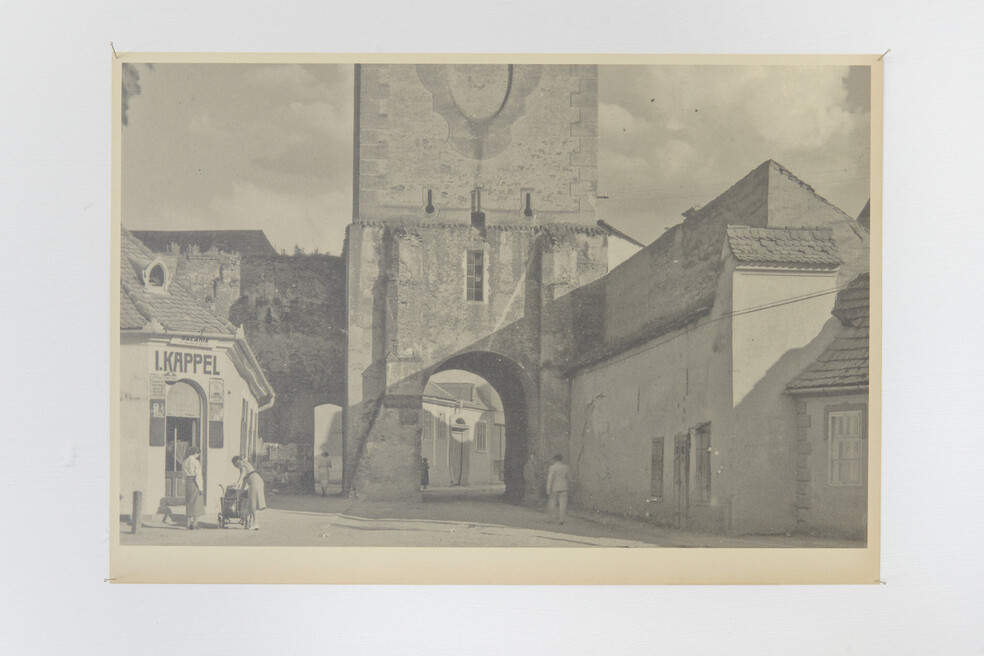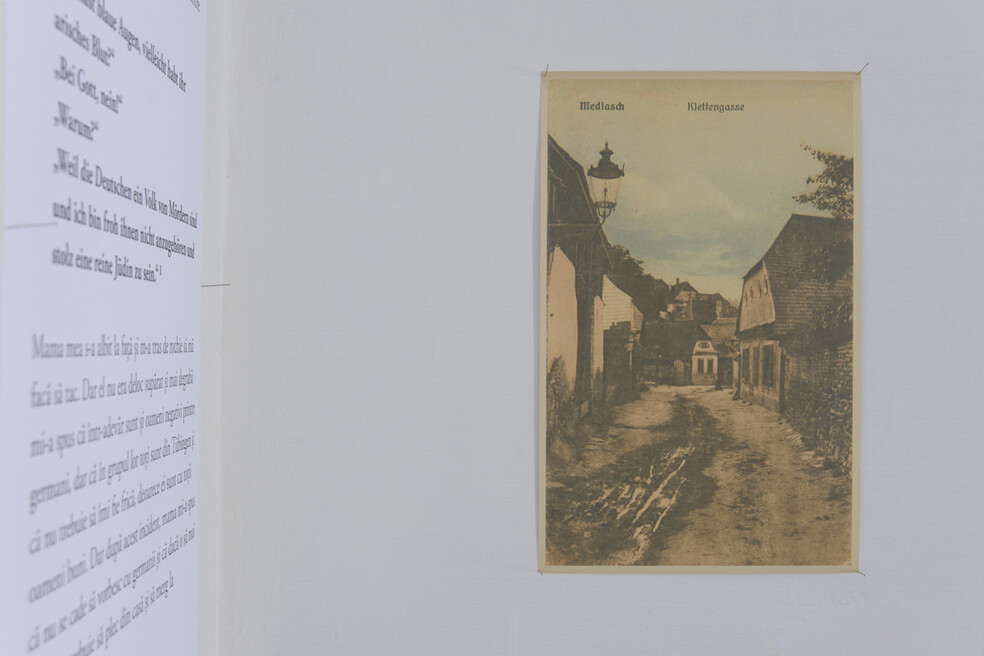Răzvan Anton
area: Visual Art
Key Facts
nationality
Romaniaarea
Visual Artresidence
Clujrecommending institution
tranzit.org/ERSTE Stiftungtime period
November 2018 - November 2018Razvan Anton, born 1980 in Cluj, Romania, graduated with an MA in drawing from Camberwell college of Arts in 2008 following a BA in Fine Arts at the University of Art and Design in Cluj-Napoca, Romania. Regarding his practise Razvan states 'The most important topics of my work are identity and space. My work is mostly comprised of drawings. Small, large, different shapes and sizes. Drawing is for me a way of documenting the world, a visual research which is trying to avoid conclusions.'
Răzvan Anton has been teaching at the University of Art and Design, Cluj, Romania since 2010. In 2015 he published the artist book 20 Ways to load guns, edited by Ciprian Mureșan and Corina Bucea. He is also a founding member of the Minerva Press Image Archive. He is part of the Paintbrush Factory Cluj artist collective. Some of his more recent exhibitions are Mnemonics (solo), Eastwards Prospectus, Bucharest, Romania (2015) and group shows: Life a User's Manual: I work, therefore I'm not, curators Ami Barak, Diana Marincu, Art Encounters, Timișoara, Romania (2017), Message in a Bottle, curator Diana Marincu,Walk and Talk, Ponta Delgada, The Azores (2017), Seeing Ourselves Sensing, Eastwards Prospectus, Bucharest, Romania (2017), GIF, MAGMA, curators Kispál Ágnes-Evelin, Kispál Attila, Sfântu Gheorghe, Romania (2017), The Factory of Facts and Other (Unspoken) Stories, curator Alina Șerban, Domino, Cluj, Romania (2016), Esthetics of Learning, The University of the Arts, Philadelphia, USA (2016), Workers Day, MAGMA, Kispál Ágnes-Evelin, Kispál Attila, Sfântu Gheorghe, Romania (2016), Other Rooms, curator Diana Marincu, Plan B Gallery, Cluj (2015), Where have you worked? Tranzit House, Cluj (2015).
At the moment I'm working in a project called Absence as Heritage taking place at the Medias Synagogue in Romania. This project is in turn part of a larger EU-funded project called TRACES (Transmitting Contentious Cultural Heritages with the Arts), which has as its focus long-term collaborative interventions into topics, materials or places of contentious heritage by teams of artists and researchers. My colleague working in this team is researcher Julie Dawson (Leo Baeck Institute), who is based in Vienna with her family. Based on and growing out of our collaborative work during our joint summer residencies in 2017 and 2018, we intend to develop material for a semi-permanent museum installation at the Casa de langa Sinagoga in Medias (the house next to the synagogue which hosts the Jewish archives and library and serves as a cultural space). Over the past five years, the Casa de lângă Sinagogă (House by the Synagogue) has transformed from a space of abandonment to one of animation. Once the home of a community forgotten and long absent, the space now hosts vibrant groups of children, students, tourists and local residents. The Casa team has implemented projects to preserve its archives, library, and tapestries and is currently in the midst of the afore mentioned TRACES project. The residency will allow me continue to develop my artistic practice related to our exhibition material, as well as allow me to research exhibition techniques and methods by a variety of institutions in Vienna, all while keeping a constant and fluid dialogue with Julie Dawson on our subject material: the history of Jewish communities in Transylvania and Medias in particular. As an artist in residence at the Medias Synagogue for the past two Summers I have developed a visual research that may be incorporated into the future museum, thus the residency will provide us with the opportunity for reflection as well as fine-tuning the alignment of visual and content aspects. My role in this project includes artistic interventions, curatorial input and exhibition design.
During my residency I worked on our current research project entitled Absence as Heritage based at Medias Synagogue Romania. This project is in turn part of a larger EU-funded project called TRACES (Transmitting Contentious Cultural Heritages with the Arts), which has as its focus long-term collaborative interventions into topics, materials or places of contentious heritage by teams of artists and researchers.
My colleague working in this team is researcher Julie Dawson (Leo Baeck Institute), who is based in Vienna with her family. Based on and growing out of our collaborative work during our joint summer residencies in 2017 and 2018, we planned to develop material for a semi-permanent museum installation at the Casa de lângă Sinagogă in Mediaș (the house next to the synagogue which hosts the Jewish archives and library and serves as a cultural space).
Over the past five years, the Casa de lângă Sinagogă (House by the Synagogue) has transformed from a space of abandonment to one of animation. Once the home of a community forgotten and long absent, the space now hosts vibrant groups of children, students, tourists and local residents. The Casa team has implemented projects to preserve its archives, library, and tapestries and is currently in the midst of the afore mentioned TRACES project.
During the month of November 2018 we advanced through our final exhibition project. The exhibition itself, based on our collaboration during the MQ residency will be installed in early March 2019. Another important chapter of the residency was dedicated to museum collections and exhibition research. During this month we attended some important events related to curating community or historic collections. One of them was entitled Things we suspect of each other! and was organized by tranzit.at. It was a higly relevant experience as it brought forward current practices in museum curation across Europe. The residency included visits to local ethnographic collections and bibliographic research on contentious collections and contemporary curatorial practices.
During the first week of March we'll be able to send you relevant photographic documentation of the exhibition set up at Casa de lângă Sinagogă, Mediaș.
